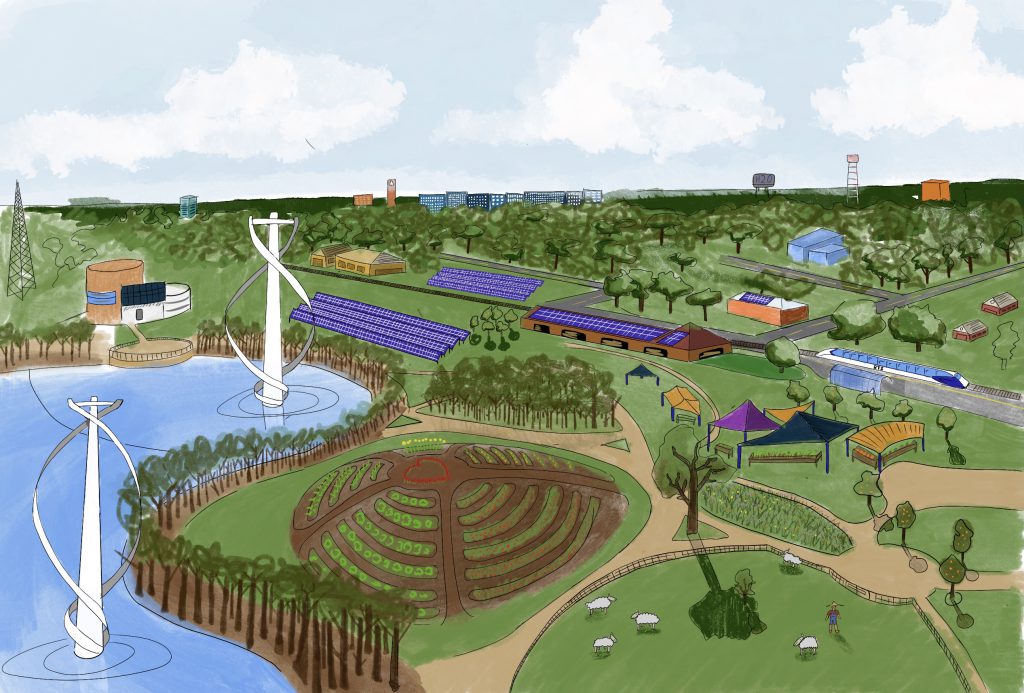
Part V: Futures
From recycling rare earth minerals out of phosphate waste to regenerative agriculture that aims to save soils, a more sustainable future is possible. What will it take to change such entrenched systems of producing food and fertilizer?
The Hunt for Rare Earth Elements
Could phosphate’s “vicious cycle” that strips the earth in mining and later causes devastating algae blooms and other pollution become virtuous, helping provide the minerals needed for our energy transition away from fossil fuels?
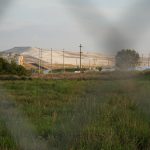
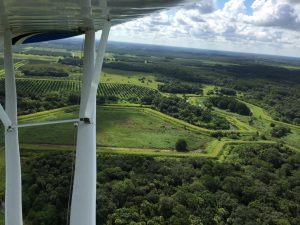
Fertilizer Flatline?
Fertilizer use by Florida farmers appears to be leveling off. Farmers are using less—but partly because Florida’s farmland is shrinking. Can the state reduce its use of fertilizer and also save its farms?
Saving Our Soil
Restoring soil health turns out to be one of the most important solutions to keeping nutrient pollution out of waterways. A number of farmers have adopted these practices to try and reduce their fertilizer use and environmental impact.
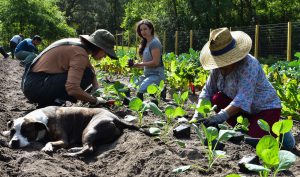
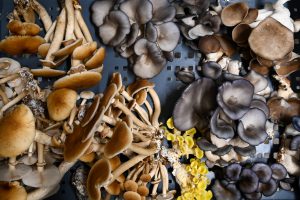
Regenerating with Mushrooms
Missouri’s Booneslick Heritage Farm uses sustainable farming practices to improve soil health and reduce fertilizer use.
Can Biotech Jumpstart Better Fertilizer?
Investment has jumped for ag-tech businesses that develop alternatives to industrial fertilizers. The sector and its investors are bullish on high-tech solutions. But researchers who study them aren’t as sure. Can the answer to our fertilizer problems be found in a lab?

 The Price of Plenty
The Price of Plenty